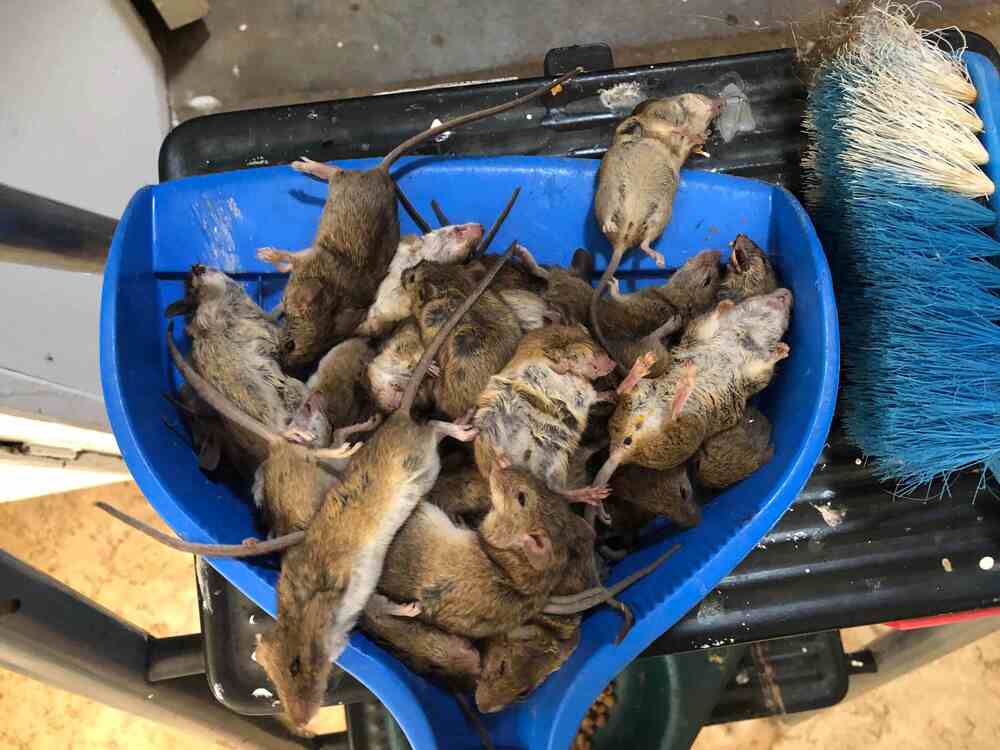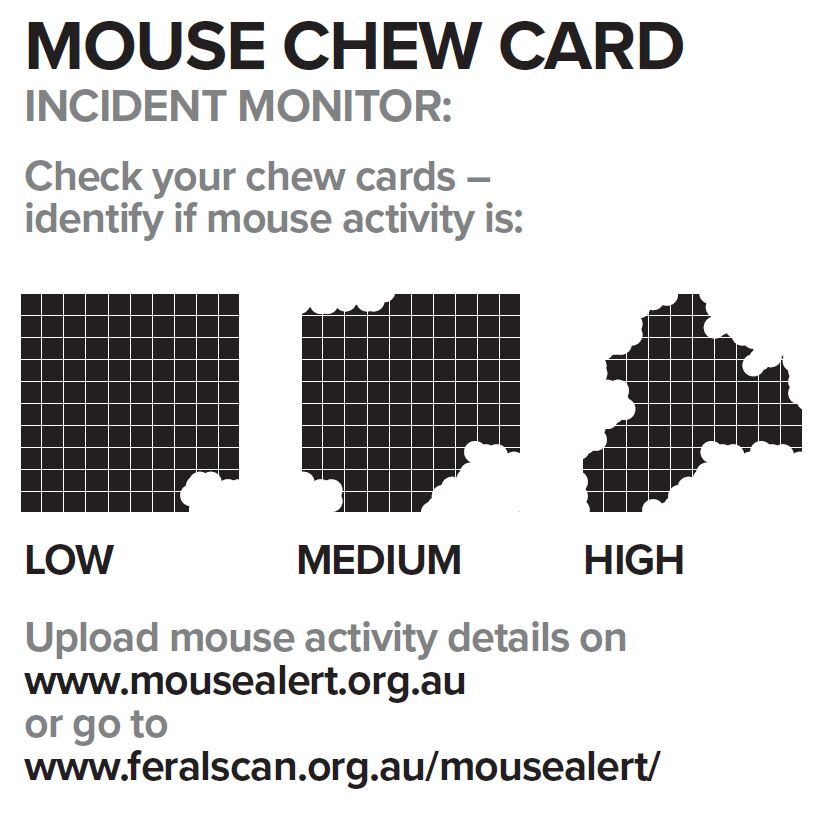Mixed messages on mice
Kristin Murdock
17 April 2023, 9:20 PM
 Rural residents are being urged to be vigilant when it comes to rodents.
Rural residents are being urged to be vigilant when it comes to rodents.It's not what our region wants to hear, with memories of the 2021/22 mouse plague still raw, but some agencies are warning that mouse numbers are set to explode.
Farmers are being told to be on the lookout for increased mouse activity across NSW with reports of increasing damage to crops and fodder.
Just two years after a mouse plague saw vehicles, buildings and towns infested while crops, hay and grain were destroyed, NSW Farmers President Xavier Martin is urging growers to be extra-vigilant about mouse activity.
“Members are telling me they’re seeing mice again all the way from Queensland down to the Victorian border and out west towards Adelaide,” Mr Martin said.
“We need everyone to keep an eye out for mice, in particular use their chew cards, and report any activity to authorities. It’s important to stay on top of this issue so we can avoid a repeat of the 2021 mouse plague, so please if you see something, say something.”
Mouse chew cards are 10 centimetre square light cards soaked in canola or linseed oil. They are then placed randomly across a paddock and pegged to the ground where mice will find them and the amount of damage they cause will indicate numbers.
According to the Grains Research and Development Corporation (GRDC), mouse chew cards are most reliable for gauging numbers in late autumn/winter when food is scarce. They are less reliable as crops mature because the crop provides a more attractive food source than the oil-soaked card.
Economic damage is likely when there are 200 to 300 mice per hectare at sowing (1 to 2 active burrows per 100 m transect) and baiting is critical. Two hundred mice per hectare can eat one per cent of the crop sown each night, or 14 per cent in two weeks.
Karen McBurnie, who runs a farm with husband, David, near Narromine said she remembers the 2021 plague well but hasn’t noticed an increase of mice recently.
"We had large mouse numbers a couple of years ago, prior to the flooding and wet weather and they caused huge damage," she said. "What we have noticed recently is an increase in the numbers of rats. We are baiting in sheds, the chook house and garages and the bait keeps disappearing so there are plenty out there."

A familiar scene from 2021 that western plains residents are hoping won't be repeated.
At Walgett, Greg Rummery, an agronomist from Outlook Ag said he has also noticed an increase in the rat population but said mice numbers are on the rise as well.
"We've seen rats but there's definitely been an increase in mouse activity on farms," Mr Rummery said. "Mice will become more of a problem as crops are established and I imagine we will be baiting in spring in paddocks.
When rodents swarmed rural and regional communities in the 2021 plague, they chewed their way through hundreds of millions of dollars’ worth of crops, damaging farm machinery, vehicles and buildings in the process.
People reported being “sickened” by the sight of ‘carpets’ of mice on our highways.

The recommended mouse chew card.
However, renowned CSIRO mouse 'expert' Steve Henry says that, so far, regional residents should be "alert not alarmed".
He urges farmers, especially to follow the science, monitor and measure, and be ready to respond appropriately.
Farmers and rural landholders are urged to report mouse activity by visiting Mouse Alert and download the GRDC's chew card template.




